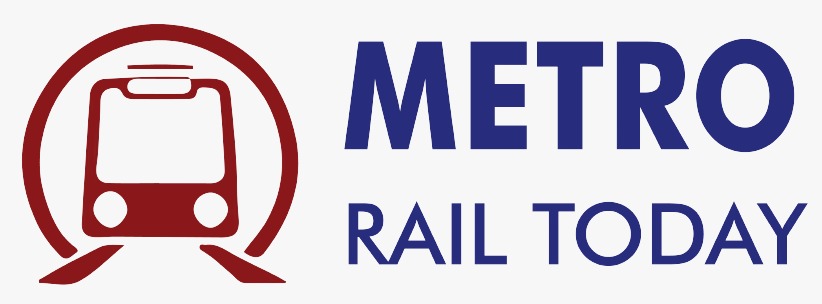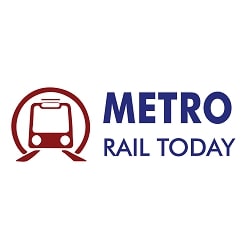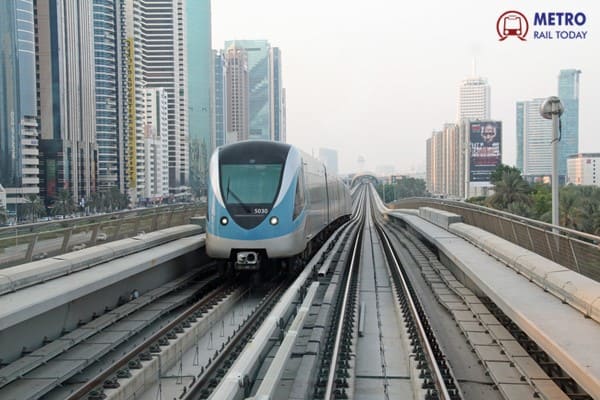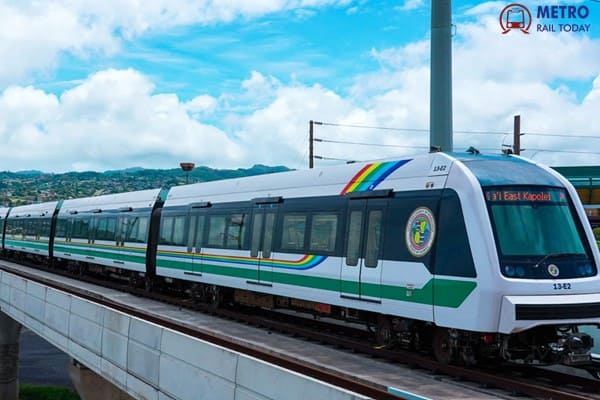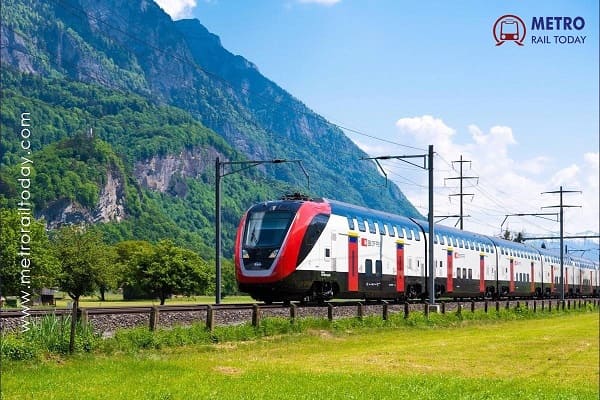 RITES targets African Rail Market with New Financing Model for Cost-Effective Rolling Stock
RITES targets African Rail Market with New Financing Model for Cost-Effective Rolling Stock India’s First Bullet Train to begin Operations on 100-km Surat–Vapi stretch by August 2027
India’s First Bullet Train to begin Operations on 100-km Surat–Vapi stretch by August 2027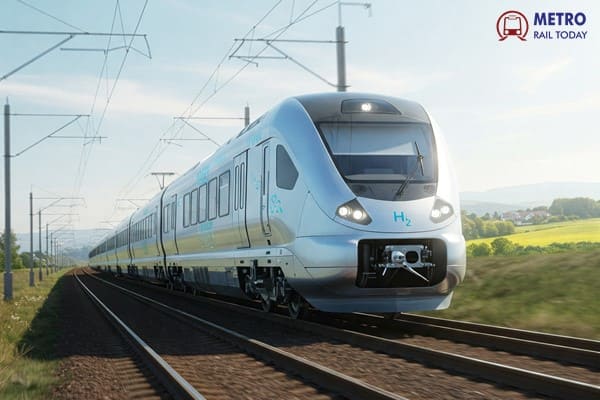 Railway eyes record ₹3 Trillion Capex in FY27 to accelerate modernisation and High-Speed Expansion
Railway eyes record ₹3 Trillion Capex in FY27 to accelerate modernisation and High-Speed Expansion The Future of Railways in India: From Gauge Conversion to High-Speed Corridors
The Future of Railways in India: From Gauge Conversion to High-Speed Corridors CMRS concludes 3-Day Safety Inspection of Bhopal Metro Priority Corridor
CMRS concludes 3-Day Safety Inspection of Bhopal Metro Priority Corridor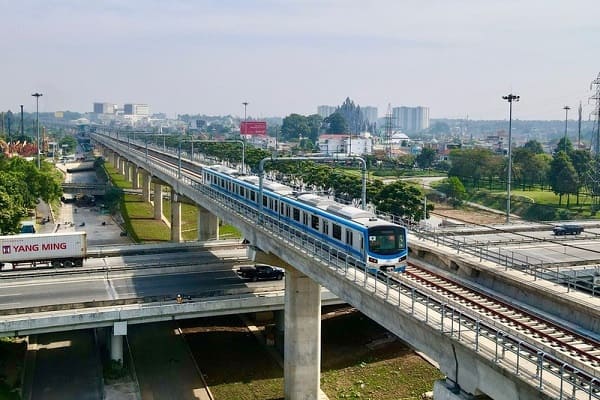 Ho Chi Minh City to invest USD19.67 billion to develop 232 km of Urban Railways by 2030
Ho Chi Minh City to invest USD19.67 billion to develop 232 km of Urban Railways by 2030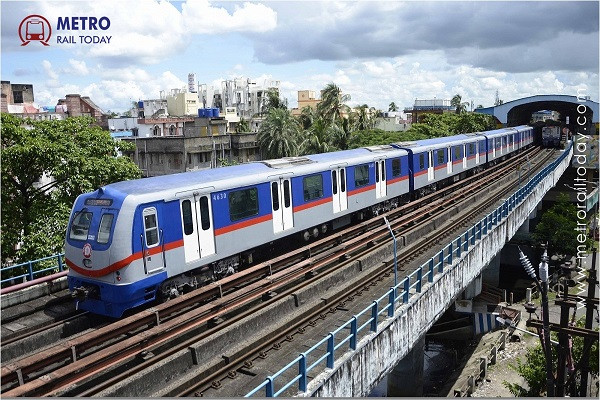 Kolkata Metro Blue Line to receive AI-Powered Security upgrade by March 2026
Kolkata Metro Blue Line to receive AI-Powered Security upgrade by March 2026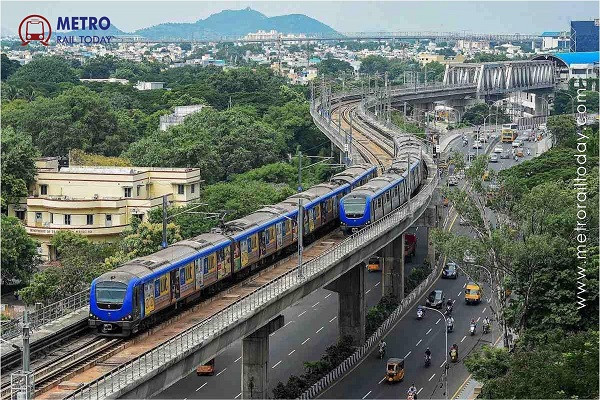 Central Govt returns Coimbatore and Madurai Metro proposals, Citing low population in cities
Central Govt returns Coimbatore and Madurai Metro proposals, Citing low population in cities SNTP Technologies: India's Largest Rebar Coupler Maker Setting New National Standards
SNTP Technologies: India's Largest Rebar Coupler Maker Setting New National Standards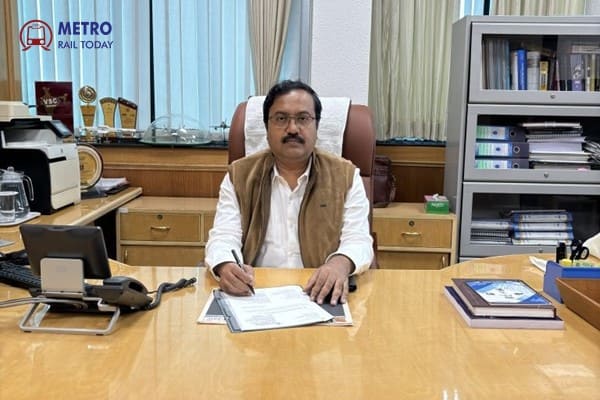 Nilabhra Sengupta appointed as new Commissioner of Metro Railway Safety (CMRS)
Nilabhra Sengupta appointed as new Commissioner of Metro Railway Safety (CMRS)
North Korea launches Open-Air Tourist Tram Line at Wonsan-Kalma Coastal Resort
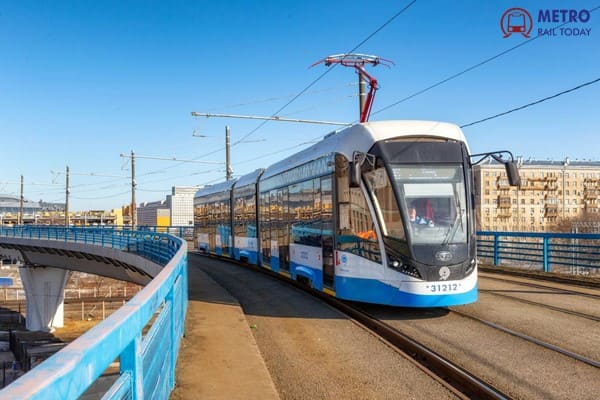
Weonsan, North Korea (Metro Rail Today): In a rare display of tourism-focused infrastructure, North Korea has inaugurated a new 8.5-kilometre single-track tramway along the beaches of the Wonsan-Kalma Coastal Tourist Area, situated on the country's eastern seaboard. This transport facility, looping through one of the regime’s most high-profile resort projects, was officially opened in late June with Supreme Leader Kim Jong-un reportedly in attendance.
The tram line, intended primarily for tourists, is one of the most visible recent investments in public-facing infrastructure by the Democratic People's Republic of Korea (DPRK). It forms part of the state’s broader ambition to develop Wonsan-Kalma into a showcase coastal destination—albeit one largely inaccessible to international visitors due to sanctions and border controls.
The 8.5 km line runs as a single-track loop within the resort area and is serviced by a fleet of five tramcars. Of these, three are “summer trams”—uniquely designed with open sides, no doors, and no windows—clearly intended for seasonal coastal use. The remaining two are standard enclosed trams, equipped with three double-leaf doors for regulated boarding and disembarkation.
All five four-axle single-car tramcars were produced between 2020 and 2021 at the Kim Chong-t’ae Electric Locomotive Works in Pyongyang. Though this facility traditionally focuses on electric locomotive manufacturing, it has also been involved in tram production in the past. Technical specifications for the vehicles remain undisclosed, in line with the DPRK’s customary opacity around industrial output.
The track gauge is 1,000 mm (metre-gauge), a typical configuration for light urban rail and tram networks in many countries. According to North Korean state media, the tramway was initially scheduled to be completed in November 2020, but construction was delayed due to the COVID-19 pandemic, with final commissioning postponed until mid-2025.
The Wonsan-Kalma project has long been touted by the North Korean leadership as a flagship model of domestic tourism. Located near the city of Wonsan, the resort area features an artificial beach, high-rise hotels, a sports complex, and now, a functioning tramway—elements that together project an image of leisure and modernity to internal audiences and select foreign observers.
While most DPRK citizens are unlikely to afford visits to Wonsan-Kalma, the site remains an important propaganda tool for state media, often featured in reports aimed at illustrating economic progress despite sanctions and global isolation.
The Wonsan-Kalma resort now becomes the third known city in North Korea with operational tram services, joining Pyongyang and Chongjin. In Pyongyang, trams have been in operation since the 1990s and continue to form part of a broader state-controlled transit system that also includes trolleybuses and metro services.
Chongjin, in the northeast, has a smaller tram network that serves as a key transport link in a heavily industrialized area. Unlike these networks, which are essential to daily commutes, the Wonsan-Kalma tramway appears tailored for curated tourism experiences and government-directed narratives of development.
Given the scarcity of detailed data, including technical documentation or operational frequencies, much about the Wonsan-Kalma tramway remains unknown to the outside world. However, its symbolic value is unmistakable.
Whether the tramway sees sustained passenger use—or becomes a static symbol of state-directed ambition—will depend on internal policy, accessibility, and North Korea’s guarded engagement with the world.
